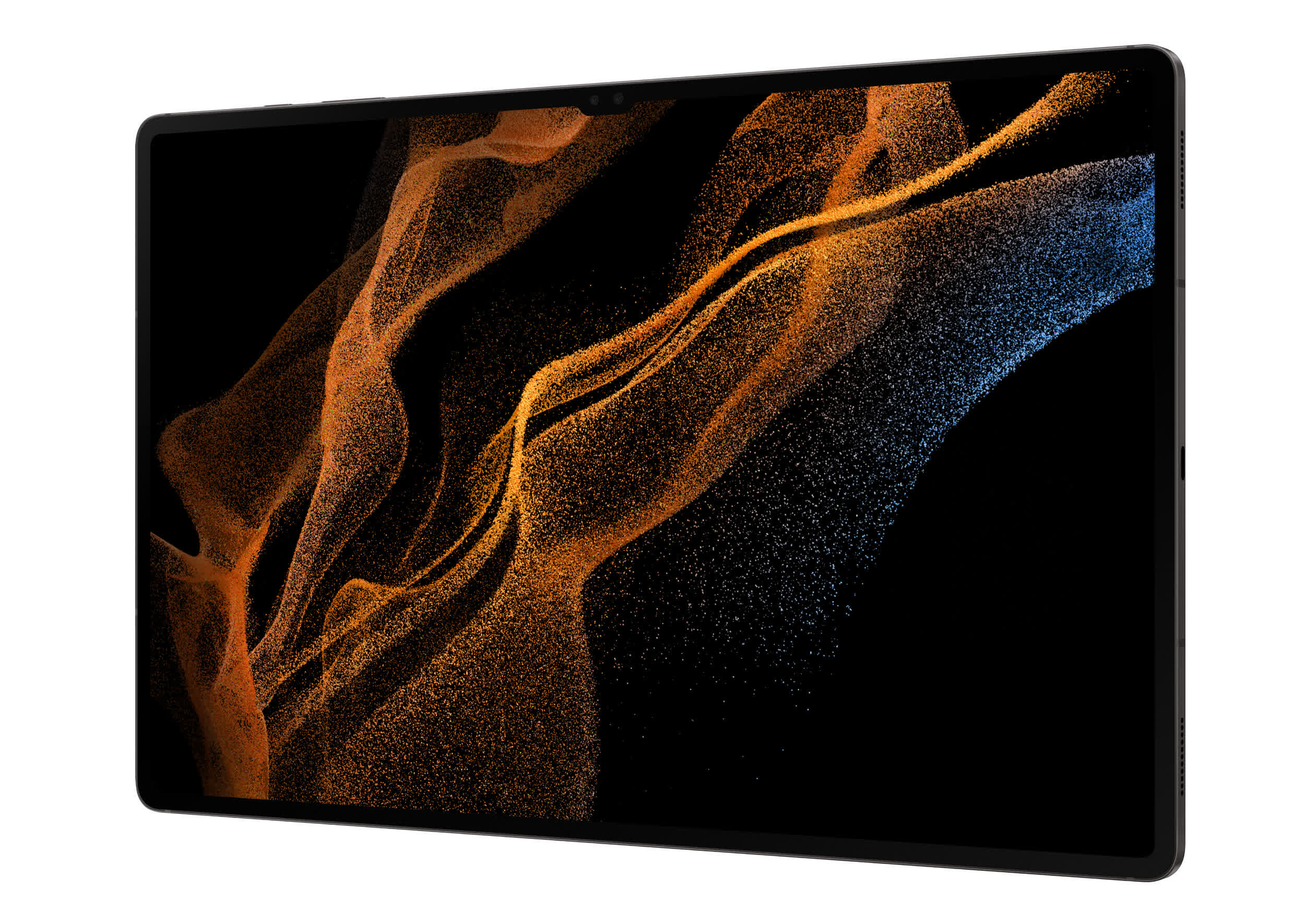Highly anticipated: With the Galaxy S22 Ultra, Samsung is finally merging the company's Note line with its Galaxy S line. Meanwhile, the Tab S8 Ultra ships with the largest display (and smallest bezel size) of any previous tablet at 14.6", giving it a floating screen-type design.
In an era when annual product refreshes are to be expected, probably one of the hardest things for any tech company to do is generate excitement for its latest round. Inevitably, there's discussion about the more incremental changes that happen from year to year instead of big explosive additions in capabilities, technology, and usability.
On many levels, you could certainly make those arguments for Samsung's latest refresh of its Galaxy S series phones and Tab series tablets. Several of the improvements in the 2022 versions of these products (including AI-based image processing, enhancements to night-time photography, and more) are clearly building on existing capabilities.
But this year, Samsung had an extra trick to pull out of its hat in the form of the Ultra editions of both the S22 and the Tab 8 that make them stand out.
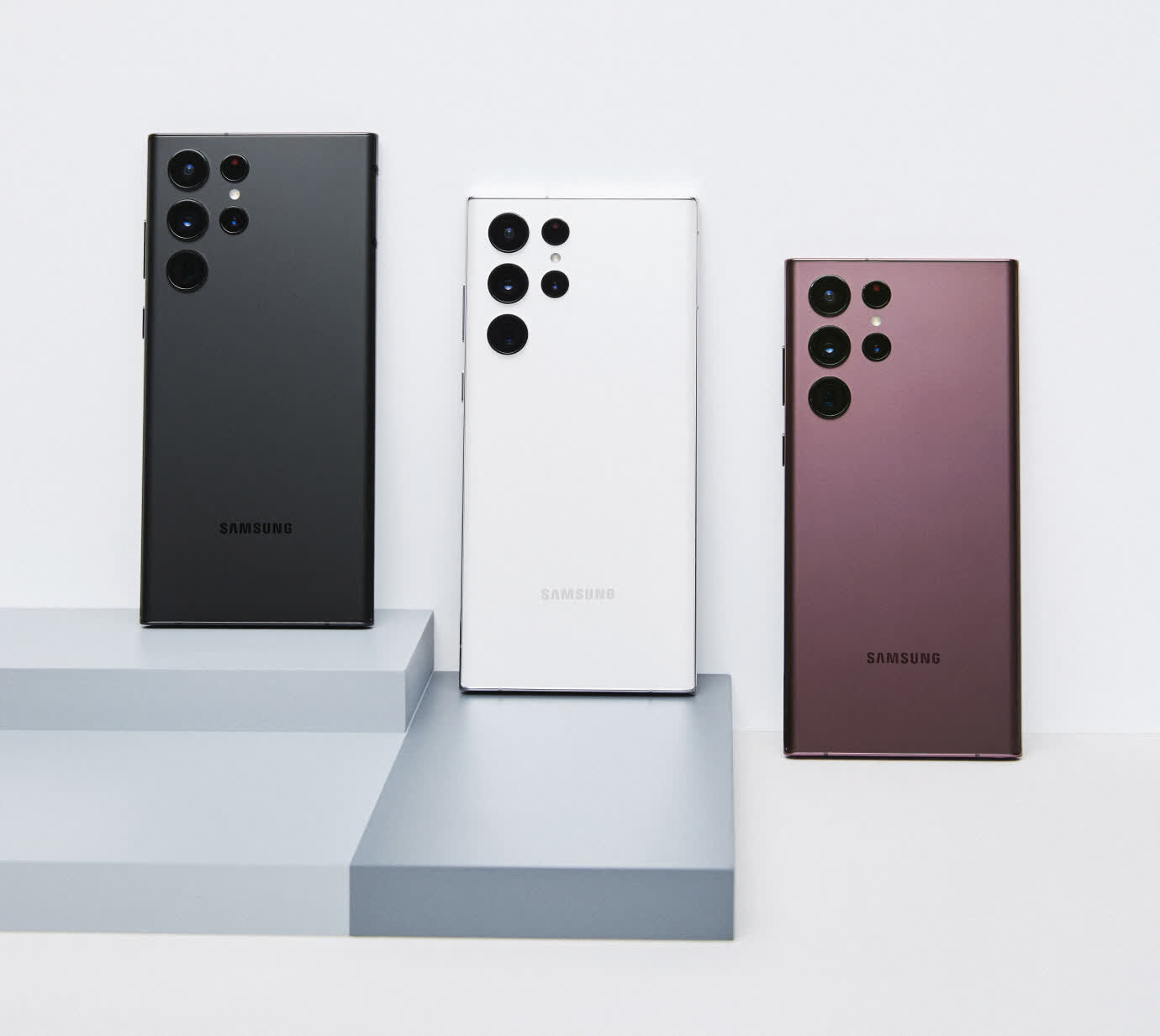
In the case of the phone, Samsung is using the Galaxy S22 Ultra debut to merge the company's Note line with its Galaxy S line. On the tablet side, the Tab S8 Ultra's 14.6" AMOLED screen is by far the largest display (and smallest bezel size) of any previous tablet, giving it a floating screen-type design that makes it uniquely well-qualified for immersive media consumption, more impactful videoconferencing, and more.
The Galaxy S22 Ultra form factor combination had been expected for some time (and telegraphed by Samsung on multiple occasions), nevertheless, finally seeing a refined S-Pen being slotted into the body of an S series design provides a distinct demarcation and the fulfillment of the original "phablet" concept. In a single design, the company managed to integrate the large, high-resolution screen and slim shape of the slab phone format with the pen-driven capabilities of the phablet. In many ways, it's the penultimate, or dare I say "ultra" version of what a traditional phone design can be.
It also raises questions about where that form factor can go from here. However, we've already seen where Samsung expects to take phones with its various foldable designs, including the Z Fold 3 and Z Flip 3, all of which are starting to seep into the mainstream. Thinking about how the company ends up merging some of the capabilities of the new S/Note combo with foldables provide some intriguing thoughts for the future.
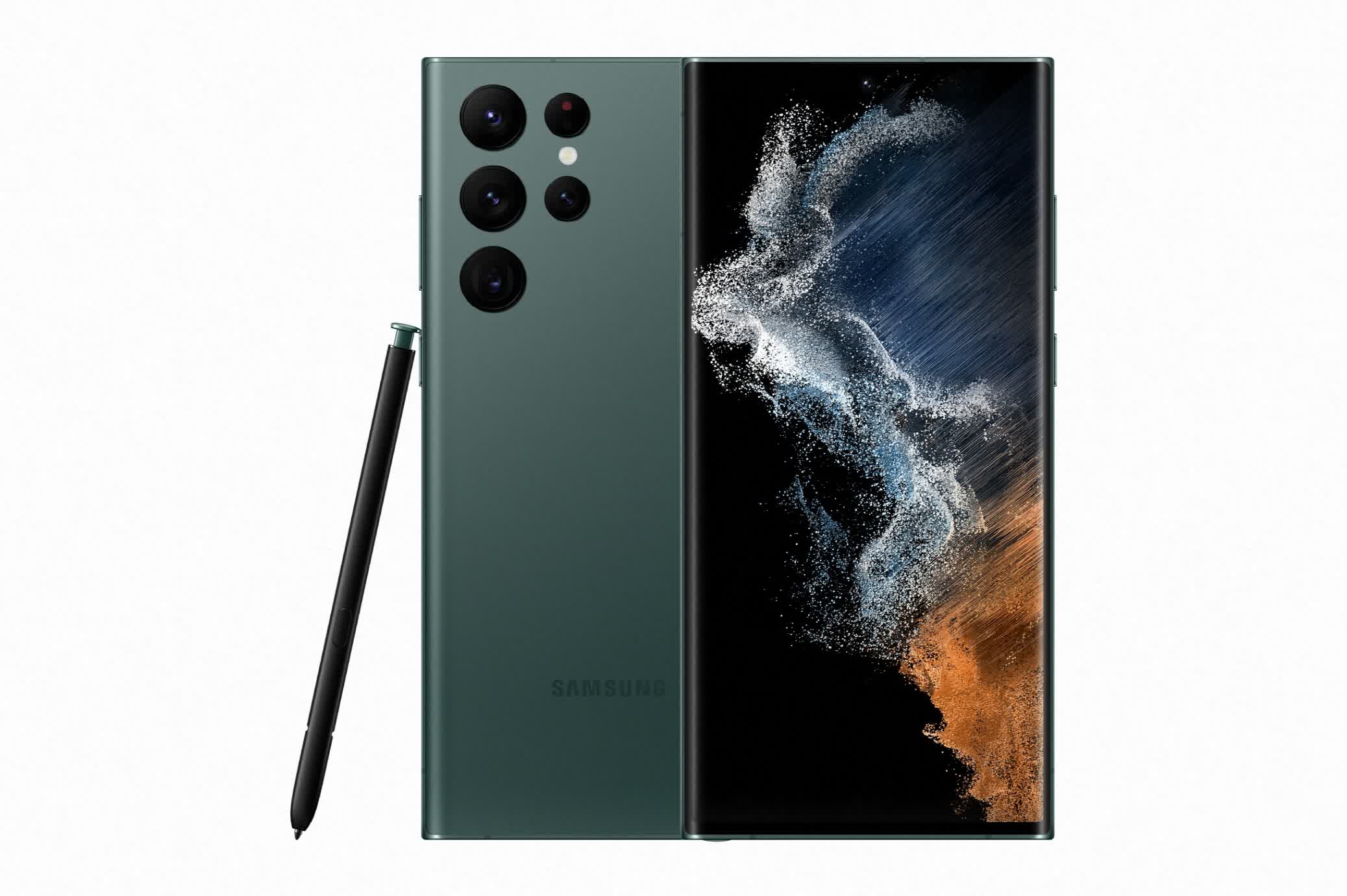
In the meantime, there's plenty to appreciate about what Samsung has done with the S22 Ultra. For starters, the new flagship has the largest image sensor on its primary camera that Samsung has ever used, giving it the ability to capture and process even higher quality images.
On the connectivity side, the company has made several notable enhancements, including improved 5G and WiFi capabilities. The 5G enhancements come thanks to the integration of Qualcomm's X65 modem RF system and on the S22, the Fast Connect 6900 provides improved WiFi. In addition, all the new phones and tablets in the US, as well as several other markets around the world, are powered by the new Snapdragon 8 Gen 1. The X65 5G modem is going to be essential for taking advantage of some of the faster potential download speeds with 5G carrier aggregation (the ability to combine, or aggregate, the data bandwidth across multiple sets of different frequencies) as well as newly deployed frequencies that US carriers plan to start enabling later this year.
On both the S22 Ultra and S22+, Samsung has added support for WiFi 6E offering the potential for significantly faster speeds and lower congestion when paired with a WiFi 6E-capable router. And on the S22, which doesn't support WiFi 6E, Qualcomm's FastConnect 6900 offers a new four-stream dual-band simultaneous option that basically lets several channels of WiFi data be sent on different frequencies at the same time. In many ways, it's conceptually similar to what carrier aggregation can do for 5G---but it does so with WiFi connections.
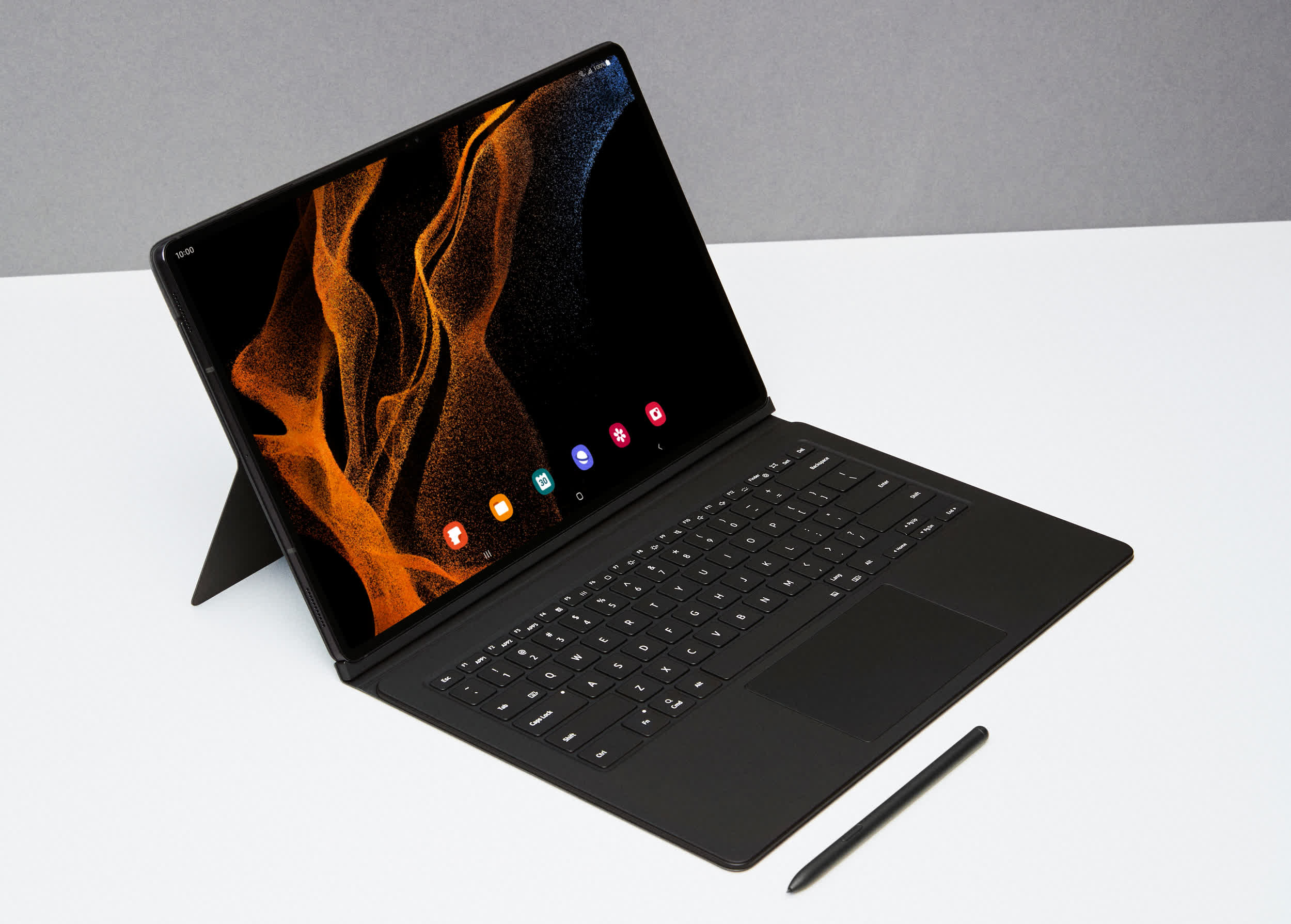
The new line of Tab S8 tablets also include connectivity and audio enhancements, incorporate four different speakers, and support Dolby Atmos to make the content watching experience more impactful. For videoconferencing purposes, the Tab S8's include three noise-cancelling microphones and higher resolution cameras. The tablets also include the ability to automatically track a person as they walk around a room.
In addition, as a great example of how Samsung has worked to make its devices work together better, a new version of the company's Dex technology lets a Tab S8 be used as a wireless touchscreen monitor for a connected PC or phone in either widescreen or portrait mode. While that might seem like a minor detail on its own, it is reflective of efforts we're seeing the company make to drive a better overall experience for what it likes to call the Galaxy ecosystem. We're at a stage where multiple companies are finally starting to get their devices to work together more effectively---and Samsung has a nice example through an art application developed with a partner called Clip Studio Paint, in which your smartphone functions as a digital pallet, your tablet as a digital canvas, and the S-pen as the digital paintbrush that works between the two. Expect a whole lot more of these types of cross-device experiences to come from many more vendors over the next few years.
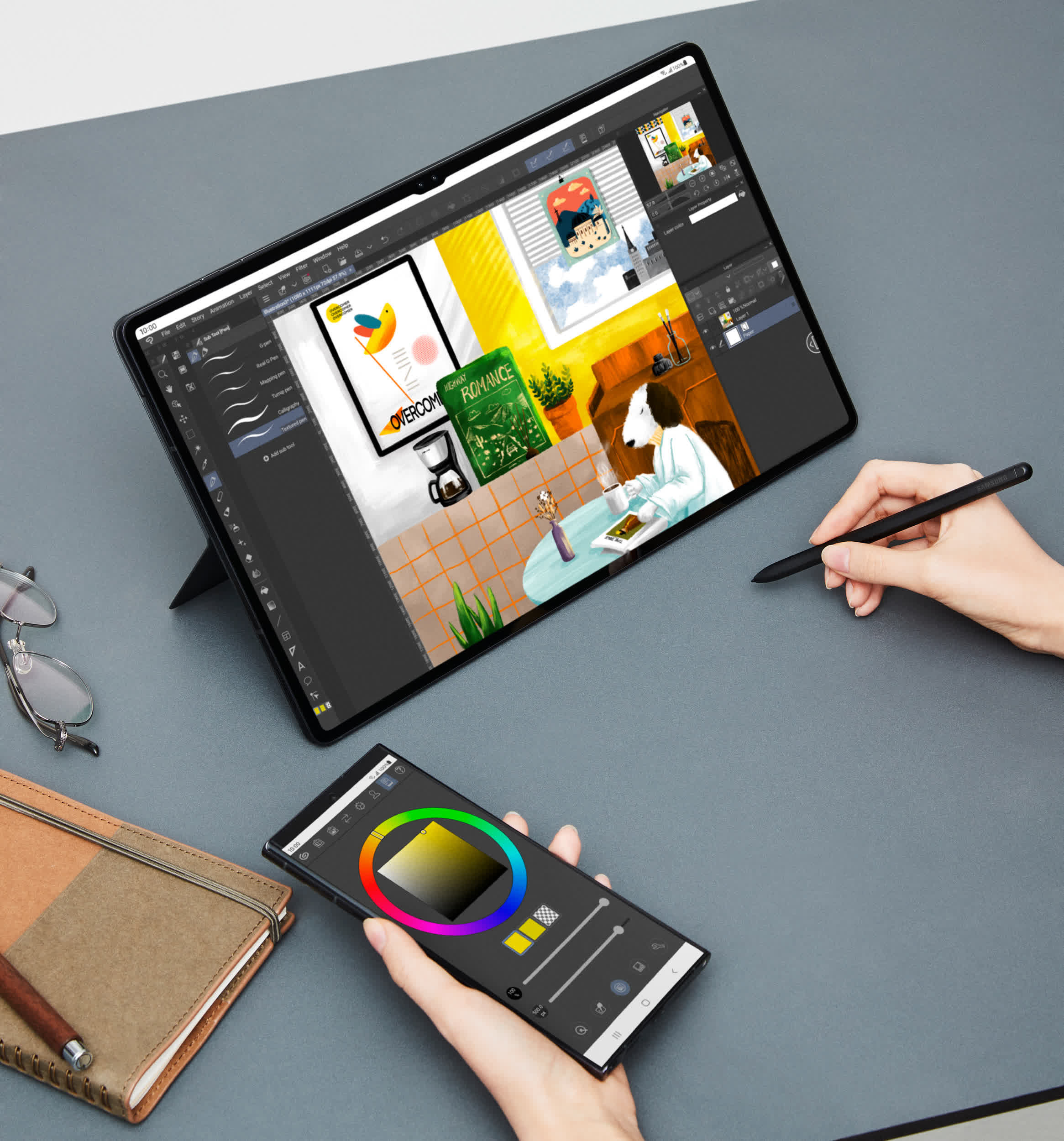
Multiple companies are finally starting to get their devices to work together more effectively---and Samsung has a nice example through an art application developed with a partner called Clip Studio Paint, in which your phone functions as a digital pallet, your tablet as a digital canvas, and the S-pen as the digital paintbrush that works between the two. Expect a lot more of this type of cross-device experiences to come from more vendors over the next few years.
Maintaining annual product refresh cycles is certainly no easy task, and it's easy to see why some people don't track them as closely as they used to. This time, Samsung has been able to make some notable enhancements, particularly on its high-end Ultra for the 2022 models. The company also acknowledged the reality of longer lifetimes for mobile devices by noting that these devices will be supported through at least four versions of Android.
That's a longer commitment than it's made in the past and a sign that the incremental performance improvements that happen in year-over-year comparisons have likely slowed the rate of upgrades. Acknowledging that reality---which, by the way, is equally as true for iPhone buyers as it is for Samsung and other Android phone purchasers---is simply part of how vendors need to think about their product plans moving forward. It's also something we'll likely see for many years to come.
Bob O'Donnell is the founder and chief analyst of TECHnalysis Research, LLC a technology consulting firm that provides strategic consulting and market research services to the technology industry and professional financial community. You can follow him on Twitter @bobodtech.
